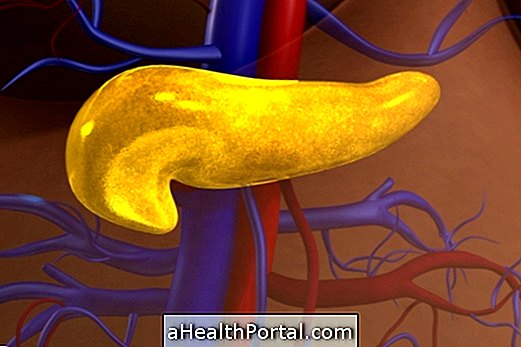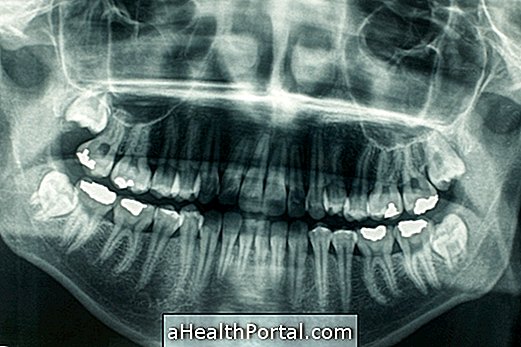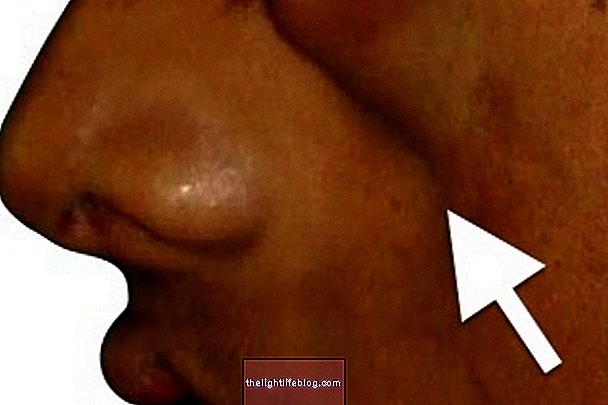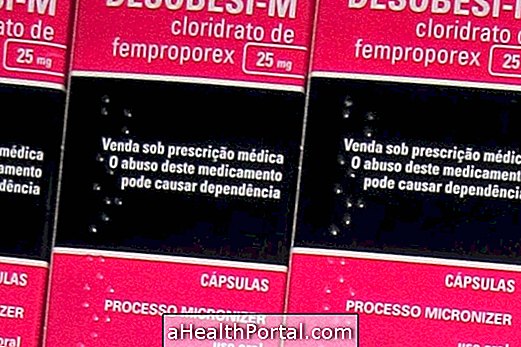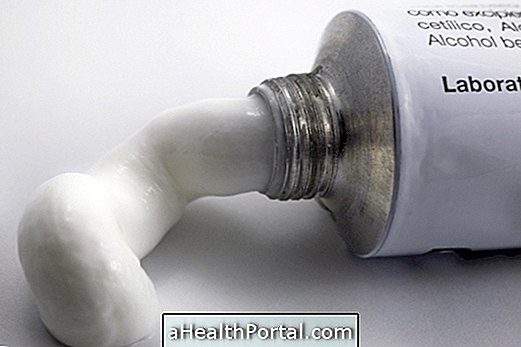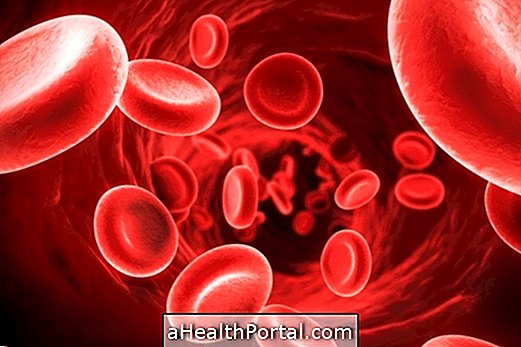Diabetes mellitus is a disease characterized by excess blood sugar due to the ineffective performance of insulin, which is the hormone responsible for lowering blood glucose.
The patient with diabetes mellitus must have a blood glucose test to know the value of blood sugar that should not exceed 126 mg / dL in a fasting state, and the treatment includes the use of medicines such as oral antidiabetics or insulin, exercise and adequate nutrition.
Types of diabetes mellitus
There are several types of diabetes mellitus, type 1 diabetes, type 2 diabetes and gestational diabetes, and their differences include:
- Diabetes Mellitus Type 1: it is a chronic disease because it has no cure and occurs because the pancreas produces little or no insulin, and is usually common in childhood or adolescence. See more about Type 1 Diabetes in: Type 1 Diabetes;
- Type 2 Diabetes Mellitus: often results from poor eating habits and sedentary lifestyle and is more common in adults and the elderly. In this type of diabetes, the pancreas produces insufficient insulin or the body's cells are insulin-resistant, so the blood glucose value remains above normal. Learn more about Type 2 Diabetes in: Type 2 Diabetes;
- Gestational Diabetes: It is characterized by excess blood sugar during pregnancy, caused by hormonal changes, but usually disappears after childbirth. Learn more about gestational diabetes in: Gestational Diabetes
In addition to these types of diabetes, there is also diabetes insipidus that is not related to diabetes mellitus as it is caused by the malfunction of the antidiuretic hormone and occurs frequently due to renal failure. Read more about diabetes insipidus in: Diabetes insipidus.
Symptoms of diabetes mellitus
Symptoms of diabetes mellitus may include:
- The urge to urinate a lot and often;
- Feeling of constant thirst;
- Excessive hunger;
- Weight loss;
- Blurred vision;
- Weakness and tiredness.
There are factors that increase a person's risk of developing diabetes mellitus, such as being over the age of 45, obesity, hypertension, high cholesterol or a family history of diabetes, for example. These individuals should be especially alert to the symptoms of diabetes and consult a general practitioner every year to ward off the disease.
Reference values of diabetes mellitus
The reference values of diabetes mellitus are identified through the glucose test, which is when the patient pricks the finger, and in fasting the patient should be up to 126 mg / dL and at any time of the day less than 200mg / dL .
In addition, when the patient with diabetes mellitus examines glycosylated hemoglobin, the reference value should be less than 5.7%.
Learn about the blood test for diabetes in: How to take blood for diabetes
Treatment for diabetes mellitus
Treatment for type 1, type 2 and gestational diabetes mellitus includes:
- Make a balanced diet and low in sugar. See What The Diabetic Patient Should Eat: What To Eat In Diabetes
- Practice daily exercise for at least 30 minutes a day;
- Measure blood glucose according to medical indication;
- Administer insulin by medical indication before meals through an injection in the case of type 1 diabetes mellitus; Learn how to administer insulin in: How to take insulin
- Take antidiabetic medicines, such as Glipizide and Metformin as directed by your doctor, in the case of type 2 diabetes mellitus.
When treatment for diabetes mellitus is not done properly, complications may arise including diabetic nephropathy, infections, acute myocardial infarction, stroke, diabetic neuropathy or diabetic foot. Learn more about treatment in: Treatment for diabetes.
Useful links:
- Diet for diabetes
Fruits Recommended for Diabetes

